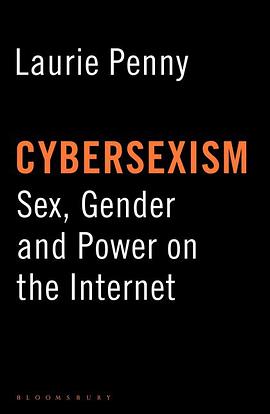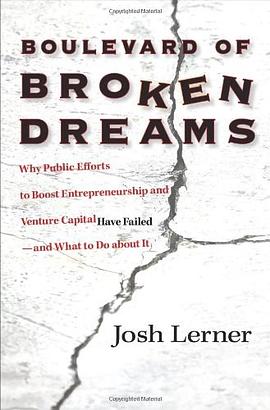Acknowledgments ix
Introduction 1
I AN OBFUSCATION VOCABULARY
1 Core Cases 8
1.1 Chaff: defeating military radar 8
1.2 Twitter bots: filling a channel with noise 9
1.3 CacheCloak: location services without location tracking 12
1.4 TrackMeNot: blending genuine and artificial search queries 13
1.5 Uploads to leak sites: burying significant files 14
1.6 False tells: making patterns to trick a trained observer 15
1.7 Group identity: many people under one name 15
1.8 Identical confederates and objects: many people in one outfit 16
1.9 Excessive documentation: making analysis inefficient 17
1.10 Shuffling SIM cards: rendering mobile targeting uncertain 18
1.11 Tor relays: requests on behalf of others that conceal personal traffic 19
1.12 Babble tapes: hiding speech in speech 21
1.13 Operation Vula: obfuscation in the struggle against Apartheid 21
2 Other Examples 25
2.1 Orb-weaving spiders: obfuscating animals 25
2.2 False orders: using obfuscation to attack rival businesses 25
2.3 French decoy radar emplacements: defeating radar detectors 26
2.4 AdNauseam: clicking all the ads 26
2.5 Quote stuffing: confusing algorithmic trading strategies 27
2.6 Swapping loyalty cards to interfere with analysis of shopping patterns 28
2.7 BitTorrent Hydra: using fake requests to deter collection of addresses 29
2.8 Deliberately vague language: obfuscating agency 30
2.9 Obfuscation of anonymous text: stopping stylometric analysis 31
2.10 Code obfuscation: baffling humans but not machines 33
2.11 Personal disinformation: strategies for individual disappearance 35
2.12 Apple’s “cloning service” patent: polluting electronic profiling 36
2.13 Vortex: cookie obfuscation as game and marketplace 37
2.14 “Bayesian flooding” and “unselling” the value of online identity 38
2.15 FaceCloak: concealing the work of concealment 39
2.16 Obfuscated likefarming: concealing indications of manipulation 40
2.17 URME surveillance: “identity prosthetics” expressing protest 40
2.18 Manufacturing conflicting evidence: confounding investigation 41
II UNDERSTANDING OBFUSCATION
3 Why Is Obfuscation Necessary? 45
3.1 Obfuscation in brief 45
3.2 Understanding information asymmetry: knowledge and power 48
3.3 The fantasy of opting out 53
3.4 Weapons of the weak: what obfuscation can do 55
3.5 Distinguishing obfuscation from strong privacy systems 58
4 Is Obfuscation Justified? 63
4.1 Ethics of obfuscation 64
4.2 From ethics to politics 70
5 Will Obfuscation Work? 84
5.1 Obfuscation is about goals 85
5.2 I want to use obfuscation … 87
… to buy some time 88
… to provide cover 88
… for deniability 89
… to prevent individual exposure 89
… to interfere with profiling 90
… to express protest 90
5.3 Is my obfuscation project … 90
… individual, or collective? 91
… known, or unknown? 92
… selective, or general? 92
… short-term, or long-term? 94
Epilogue 97
Notes 99
Bibliography 113
Index 121
· · · · · · (
收起)






















